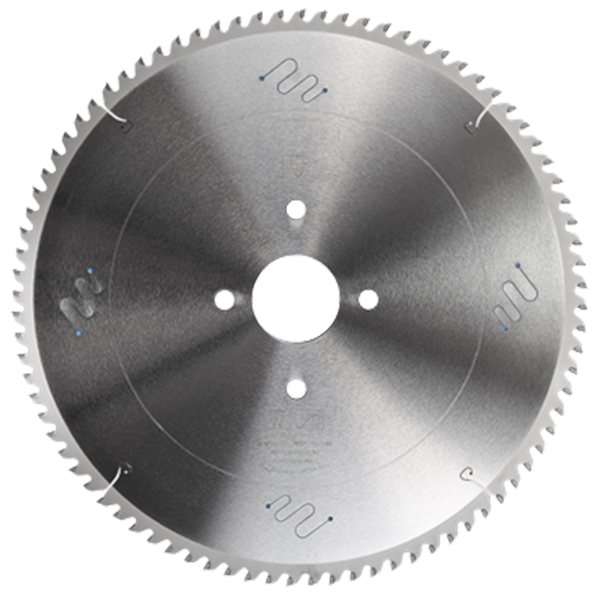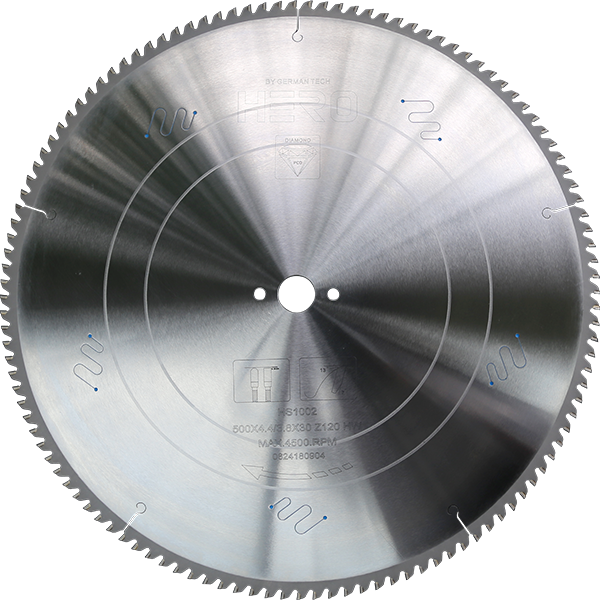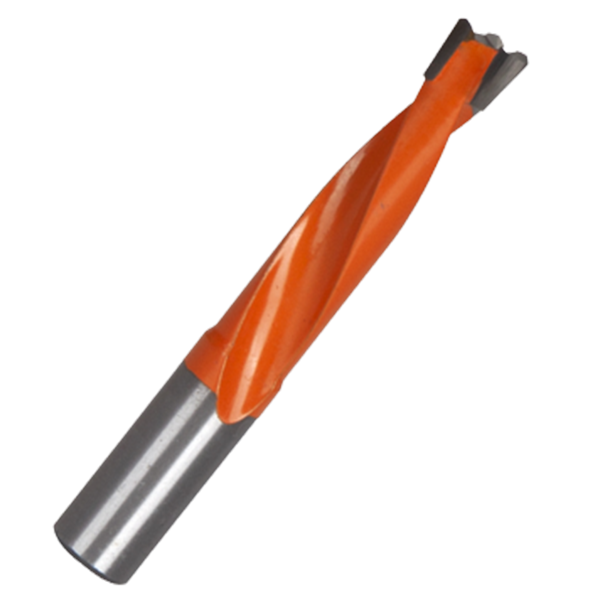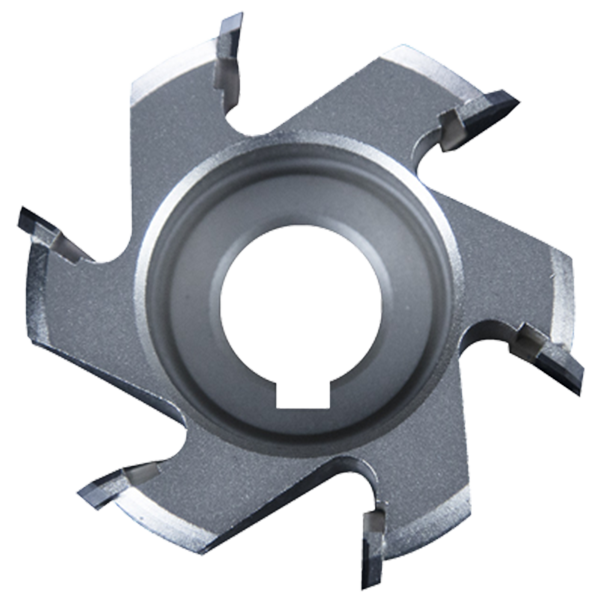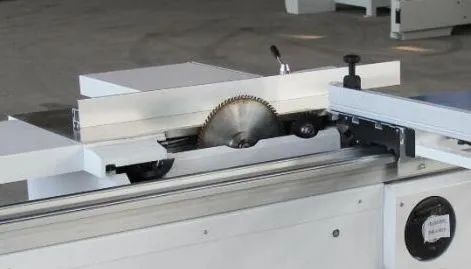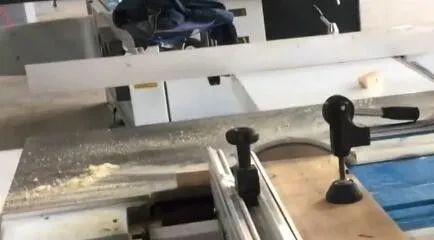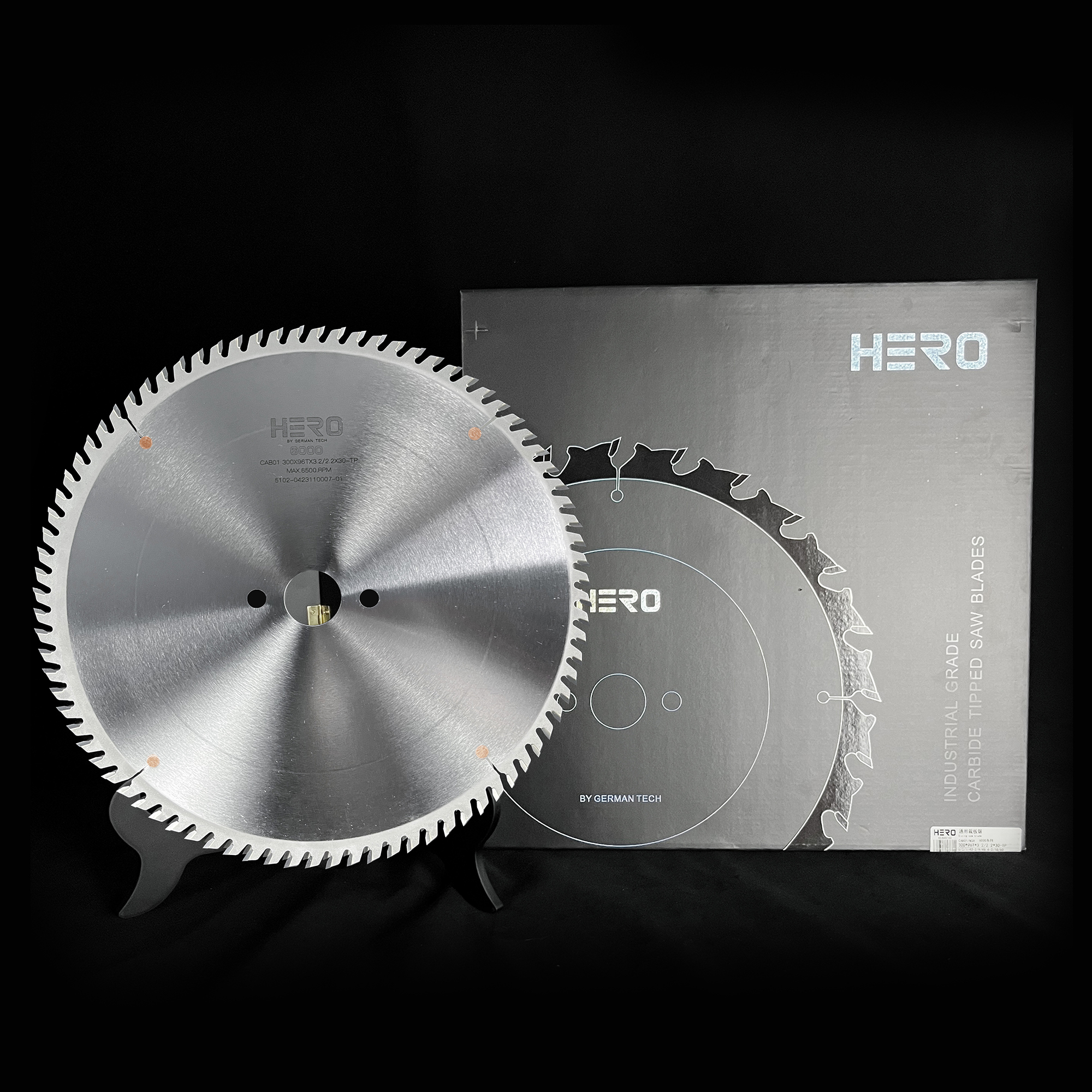HOW TO PROPERLY USE A TABLE SAW?
A table saw is one of the most commonly used saws in woodworking.Table saws are an integral part of many workshops, versatile tools you can use for various tasks, from ripping lumber to crosscutting. However, as with any power tool, there’s risk involved with using them.The fast-spinning blade is exposed and can cause severe kickback and injury. However, learning how to safely and confidently operate a table saw can open up a whole world of possibilities in your woodworking projects.Taking the necessary precautions will help you minimize the risk.
What Can a Table Saw Do?
A table saw can make most of the cuts you can make with other saws. The main difference between a table saw, and common woodworking saws like miter saws or circular saws are that you push the wood through the blade instead of pushing the blade through the wood.
The main advantage of a table saw is that it is handy for making highly accurate cuts quickly. The types of cuts it can make are:
Rip cut – cut in the same direction of the grain. You are changing the width of the material.
Cross-cut – cutting perpendicular to the direction of wood grain – you are changing the length of the material.
Miter cuts – cuts at an angle perpendicular to the grain
Bevel cuts – Cuts at an angle along the length of the grain.
Dados – grooves in the material.
The only type of cut a table saw cannot make is a curved cut. You will need a jigsaw for this.
Types of Table Saw
Job site saw/portable table saw —These small table saws are light enough to be transported and make excellent starter saws.
Cabinet saws —These essentially have a cabinet underneath and are large, heavy, and hard to move. They are also much more powerful than a job site table saw.
Table Saw Safety Tips
Read the Instruction Manual
Before using your table saw or any power tool, always read the instruction manual carefully. Reading the manual will help you understand how your table saw works and how to use it properly.
Familiarize yourself with your table saw’s parts, how to make adjustments and all the safety features of your saw.
If you misplaced your manual, you can usually find it online by searching for the manufacturer’s name and your table saw’s model number.
Wear the Proper Clothing
When operating a table saw or anytime you’re working in your shop, it’s crucial to dress appropriately. This includes avoiding loose-fitting clothing, long sleeves, jewelry, and tying back long hair that could become tangled in the blade.
It’s essential to wear the proper footwear when working in your shop. Non-slip, closed-toe shoes are a must. Please don’t risk your safety by wearing sandals or flip-flops, as they don’t provide adequate protection.
Should You Wear Gloves When Using a Table Saw?
No, you should not wear gloves when using your table saw for several reasons.Wearing gloves robs us of one critical sense: touch.
You should also avoid wearing gloves for the same reason you shouldn’t wear loose-fitting clothing, as they can easily get caught in the blade resulting in a serious hazard for your hands.
Protect Your Eyes, Ears, and Lungs
Woodworking tools, such as table saws, produce a lot of sawdust, including airborne dust particles that you can see and microscopic dust particles that you can’t see.Prolonged inhalation of these microscopic particles can significantly reduce lung capacity and lead to other serious health problems. To protect yourself, you must wear a respirator when using table saws and other tools that produce sawdust.
Keep Your Work Area Tidy&Remove Distractions
When working with table saws, a clean workspace is essential.Remove unnecessary items from our work area, like tools and materials, and check the floor for tripping hazards, such as power cords. This is excellent advice when working with any tools, including table saws.
When using a table saw, staying focused on the task at hand is essential. Taking your eyes off while making a cut, even for a second, can be dangerous.
Keep the Blades Clean
With use, table saw blades accumulate sap and resin. Over time, these substances can cause the blade to act like it’s dull, which affects its performance.Making cuts with a dirty blade requires more feed pressure, meaning that you have to push harder to advance the material, and it can also burn the edges of your workpieces. Additionally, the resins can corrode your blades.
Wax the Table and Fence
Just like saw blades, resins can accumulate on your saw’s table and fence, making it difficult to slide workpieces across them.Applying wax to your table saw reduces friction allowing workpieces to glide smoothly and effortlessly while also helping to prevent sticky resins from accumulating on its top. Waxing your table saw also reduces the chances of it oxidizing.Choosing a wax without silicone is important because silicone-based products can prevent stains and finishes from adhering to wood surfaces. Automotive wax is not a good choice because many of them contain silicone.
Adjust the Blade Height
Table saw blade height is the amount of the blade visible above the workpiece. When it comes to the blade’s ideal height, there is some debate among woodworkers, as everyone has their own opinion on how much should be exposed.
Set the blade higher provides the best performance:
-
Less strain on the saw’s motor -
Less friction -
Less heat produced by the blade
Set the blade higher increases the risk of injury because more of the blade is exposed.Set the blade lower decreases the risk of injury because a smaller portion is exposed; however, the trade-off is it sacrifices efficiency and increases friction and heat.
Use a Riving Knife or Splitter
A riving knife is an essential safety feature positioned directly behind the blade, following its movements as you raise, lower, or tilt it.A splitter is similar to a riving knife, except it’s fixed onto the table and remains stationary in relation to the blade.Both of these devices are designed to reduce the risk of kickback, which is when the blade forces the material back toward you unexpectedly and at high speed.Table saw kickback occurs when the workpiece drifts away from the fence and into the blade or when the material pinches against it.Applying sideways pressure to keep the material against the fence is the best way to prevent it from straying. However, if the material should drift, a riving knife or splitter prevents it from catching on the blade and reduces the chances of it kicking back.
Use the Blade Guard
A table saw’s blade guard acts as a shield, blocking your hands from making contact with the blade while it’s spinning.
Check Material for Foreign Objects
Before making a cut, inspect your material for foreign objects such as nails, screws, or staples. These objects may not only damage your blade, but they also can fly across your shop as a result of being dislodged, putting you in danger.
Don’t Start With Material Touching the Blade
Before powering up your table saw, ensure the material isn’t touching the blade. Turning on the saw with your workpiece contacting the blade can cause it to kickback. Instead, turn the saw on, allow it to come up to full speed, and then feed your material into the blade.
Use a Push Block
A push stick is a tool designed to guide the material while cutting, allowing you to apply pressure downward and keep your hands away from the blade.Push sticks are typically long and made from wood or plastic.
Give you less control over the workpiece
Create a pivot point potentially causing your hand to fall into the blade
Maintain a Proper Stance
A common mistake beginners make is standing directly behind the table saw’s blade, a dangerous position if a workpiece were to kickback.
It’s best to adopt a comfortable stance out of the blade’s path. If your rip fence is positioned on the right, you should stand slightly to the left out of the cutting path. That way, if a workpiece were to kickback, it would more likely fly past you instead of hitting you directly.
Engage Your Senses and Don’t Force It
Use a table saw, it is imperative to engage all five senses: sight, sound, smell, taste, and touch. Stop immediately if any of them are telling you something is wrong. His words were clear and concise – “Don’t Force It!”
Look: Before beginning a cut, look to ensure your fingers and hands are positioned away from the blade’s path.
Listen: Stop if you hear a weird sound, a sound you’ve never heard before, or if you hear the saw is beginning to slow down.
Smell: Stop if you smell something burning or caramelizing because it means something is binding.
Taste: Stop if you taste something caramelizing in your mouth because it means something is binding.
Feel: Stop if you feel a vibration or anything “different or weird.”
Never Reach
You must apply constant pressure on the workpiece for the entire cut until it completely exits the back of the blade. However, you shouldn’t reach beyond the spinning blade because if your hand slips or you lose your balance, it could result in a severe injury.
Wait for the Blade to Stop
Before you move your hand near the blade, it’s essential that you wait for it to stop spinning. Too often, I’ve seen people switch off their saw only to immediately go in and grab a workpiece or cut-off and end up cutting themselves! Be patient and wait for the blade to stop spinning before you move your hand anywhere near it.
Use Outfeed Tables or Roller Stands
As you cut workpieces, gravity causes them to fall to the floor as they exit the back of the saw. Because of their weight, long or large workpieces become unsteady as they fall, causing them to shift, leading to them catching on the blade and resulting in kickback. Using outfeed tables or roller stands supports your workpiece as it exits the saw reducing the risk of it kicking back.
Never Cut Freehand
Using table saw accessories such as a rip fence, miter gauge, or sled helps you support the workpiece reducing the risk of it drifting into the blade.If you were to cut freehand without an accessory, there’s nothing to steady your workpiece, which increases the risk of it catching on the blade resulting in kickback.
Don’t Use the Fence and Miter Gauge Together
If you use the rip fence and miter gauge together, your workpiece will likely get pinched between them and the blade resulting in kickback. In other words, use one or the other, but not both simultaneously.
Final Thoughts
Always approach your work with safety in mind, and don’t rush cuts. Taking the time to set up correctly and work safely is always worth the effort.
Post time: Jul-05-2024








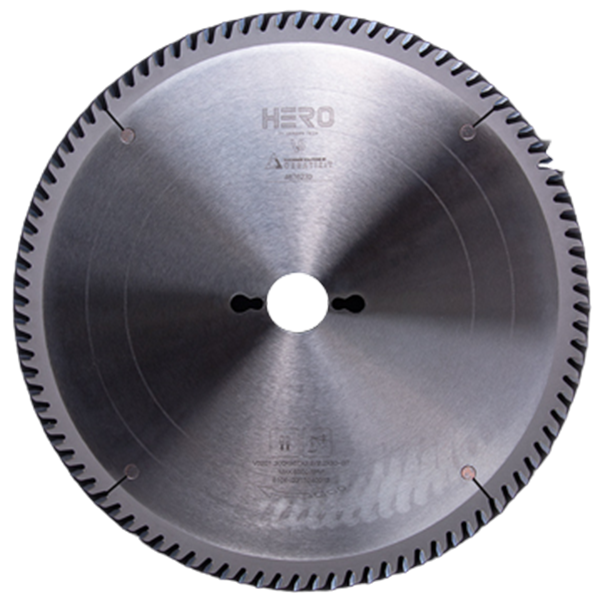 TCT Saw Blade
TCT Saw Blade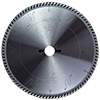 HERO Sizing Saw Blade
HERO Sizing Saw Blade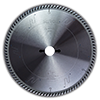 HERO Panel Sizing Saw
HERO Panel Sizing Saw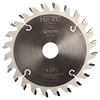 HERO Scoring Saw Blade
HERO Scoring Saw Blade HERO Solid Wood Saw Blade
HERO Solid Wood Saw Blade HERO Aluminum Saw
HERO Aluminum Saw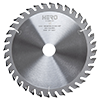 Grooving Saw
Grooving Saw Steel Profile Saw
Steel Profile Saw Edge Bander Saw
Edge Bander Saw Acrylic Saw
Acrylic Saw PCD Saw Blade
PCD Saw Blade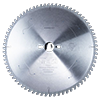 PCD Sizing Saw Blade
PCD Sizing Saw Blade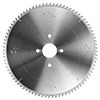 PCD Panel Sizing Saw
PCD Panel Sizing Saw PCD Scoring Saw Blade
PCD Scoring Saw Blade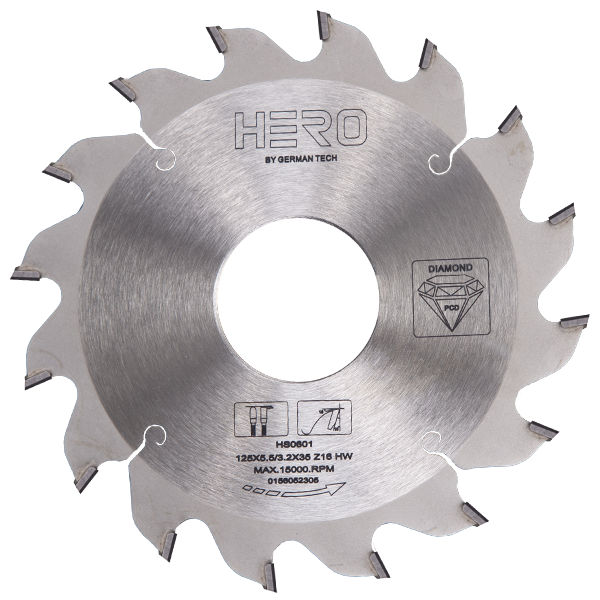 PCD Grooving Saw
PCD Grooving Saw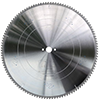 PCD Aluminum Saw
PCD Aluminum Saw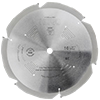 PCD Fiberboard Saw
PCD Fiberboard Saw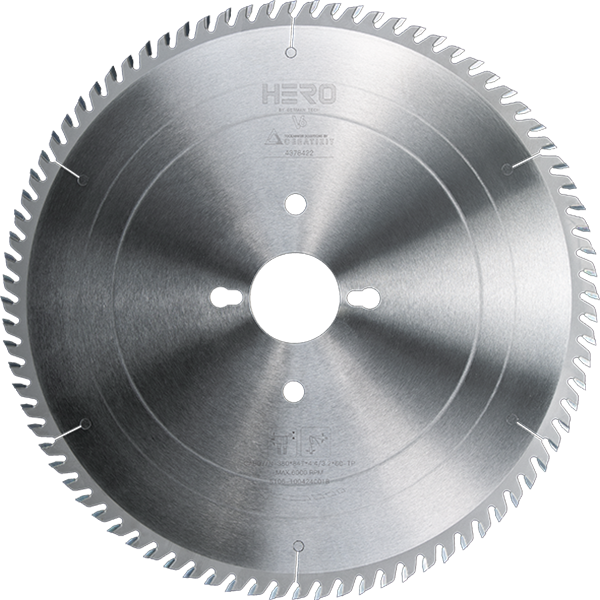 Cold Saw for Metal
Cold Saw for Metal Cold Saw Blade for Ferrous Metal
Cold Saw Blade for Ferrous Metal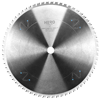 Dry Cut Saw Blade for Ferrous Metal
Dry Cut Saw Blade for Ferrous Metal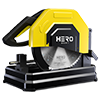 Cold Saw Machine
Cold Saw Machine Drill Bits
Drill Bits Dowel Drill Bits
Dowel Drill Bits Through Drill Bits
Through Drill Bits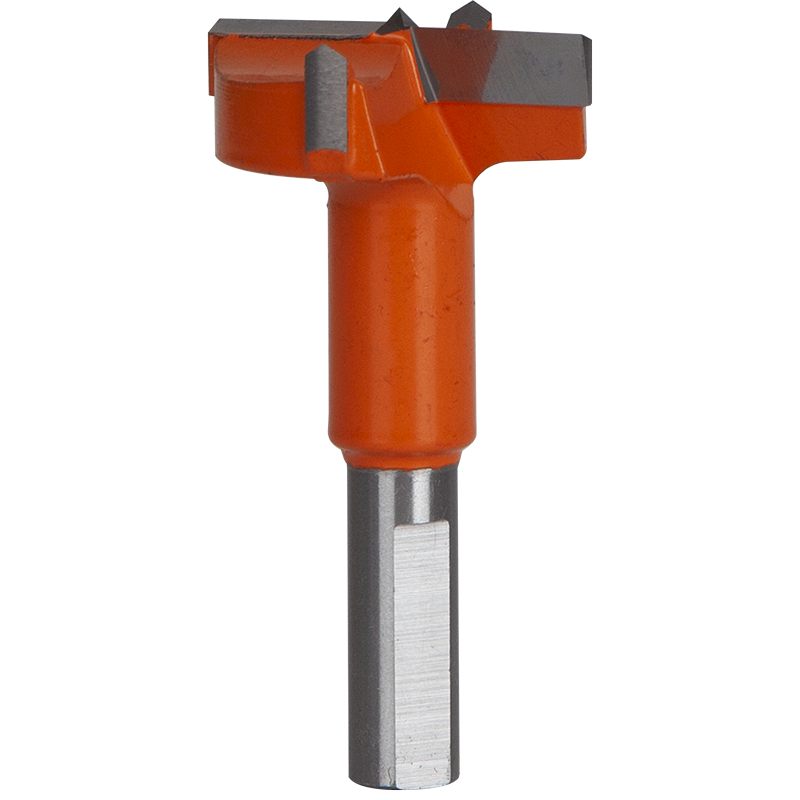 Hinge Drill Bits
Hinge Drill Bits TCT Step Drill Bits
TCT Step Drill Bits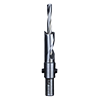 HSS Drill Bits/ Mortise Bits
HSS Drill Bits/ Mortise Bits Router Bits
Router Bits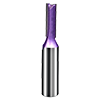 Straight Bits
Straight Bits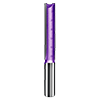 Longer Straight Bits
Longer Straight Bits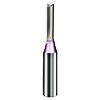 TCT Straight Bits
TCT Straight Bits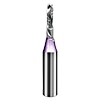 M16 Straight Bits
M16 Straight Bits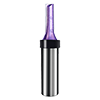 TCT X Straight Bits
TCT X Straight Bits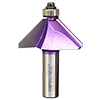 45 Degree Chamfer Bit
45 Degree Chamfer Bit Carving Bit
Carving Bit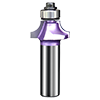 Corner Round Bit
Corner Round Bit PCD Router Bits
PCD Router Bits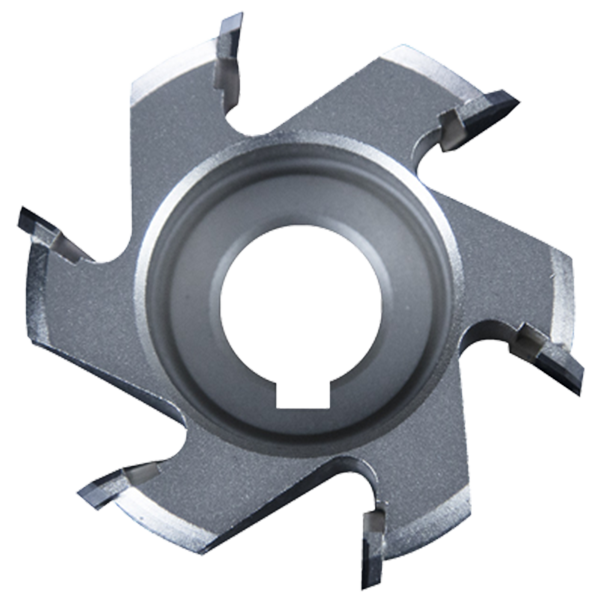 Edge Banding Tools
Edge Banding Tools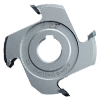 TCT Fine Trimming Cutter
TCT Fine Trimming Cutter TCT Pre Milling Cutter
TCT Pre Milling Cutter Edge Bander Saw
Edge Bander Saw PCD Fine Trimming Cutter
PCD Fine Trimming Cutter PCD Pre Milling Cutter
PCD Pre Milling Cutter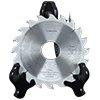 PCD Edge Bander Saw
PCD Edge Bander Saw Other Tools & Accessories
Other Tools & Accessories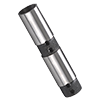 Drill Adapters
Drill Adapters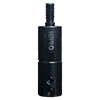 Drill Chucks
Drill Chucks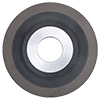 Diamond Sand Wheel
Diamond Sand Wheel Planer Knives
Planer Knives
